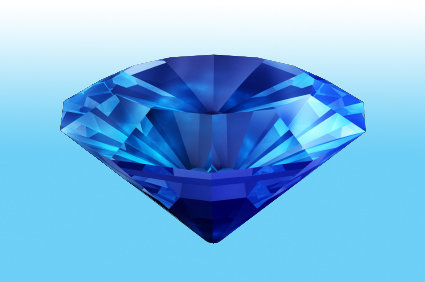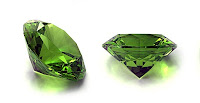 HISTORY OF SMOKEY QUARTZ
HISTORY OF SMOKEY QUARTZ
Today more than ever people tend to forgo tradition in favor of personal flair, and when it comes to choosing a birthstone, that trend is evident. Because there are various kinds of birthstones – modern birthstones, traditional birthstones, mystical birthstones, different birthstones for different cultures – people who do not like the looks of their birthstone certainly have a choice. This is clearly true for the month of June, for which a number of birthstones have been claimed. According to the American National Association of Jewelers, Alexandrite has been the regarded the official birthstone for June since 1912. But Pearl, Moonstone and even Opal have been named June birthstones as well. And more recently, Smokey Quartz has become a popular choice.
Alexandrite was named after the Russian czar Alexander II, it’s discovery supposedly occurring in the Ural Mountains of Russia on either the day of his birth, or his coming of age. Alexandrite is a variety of the mineral Chrysoberyl, a very hard and rare gemstone. So rare, in fact, that genuine Alexandrite is very scarce and hardly ever used in modern jewelry making.
Consequently, either synthetic Alexandrite or alternate genuine gemstones such as Smokey Quartz, which resemble Alexandrite, are typically used as the birthstone for the month of June. Continue reading →




